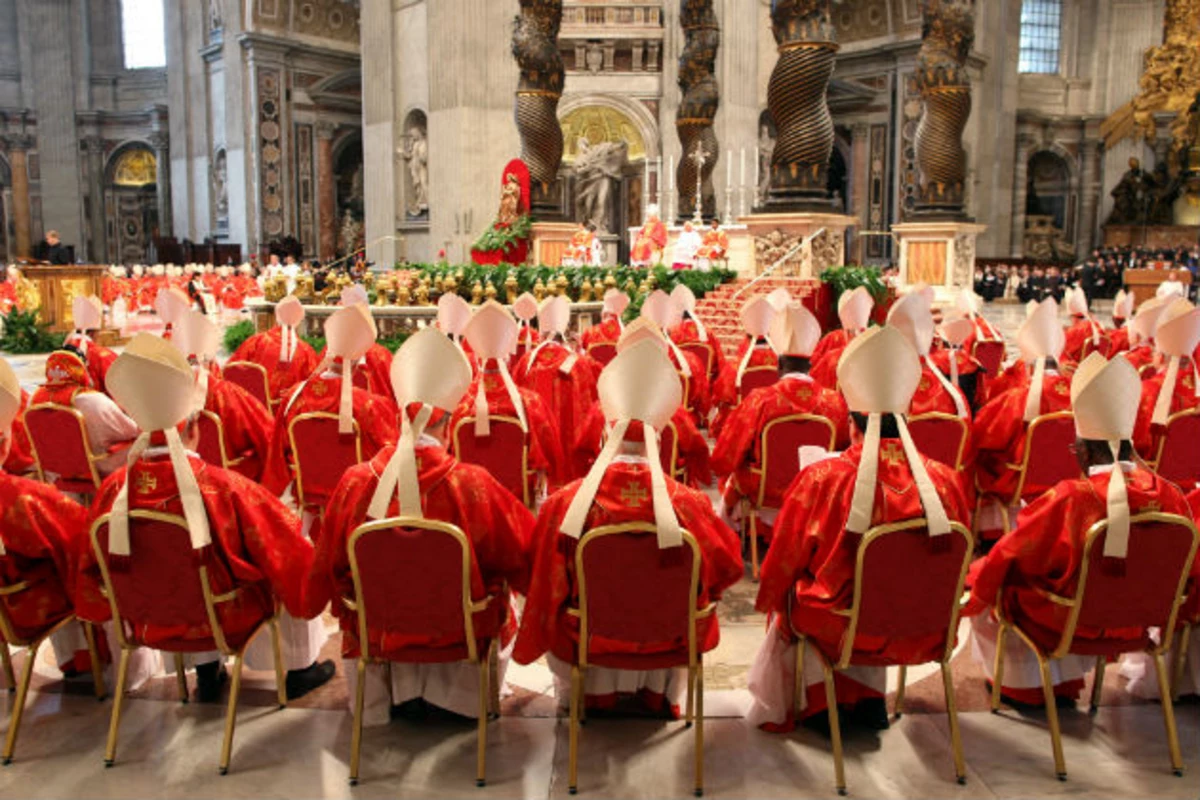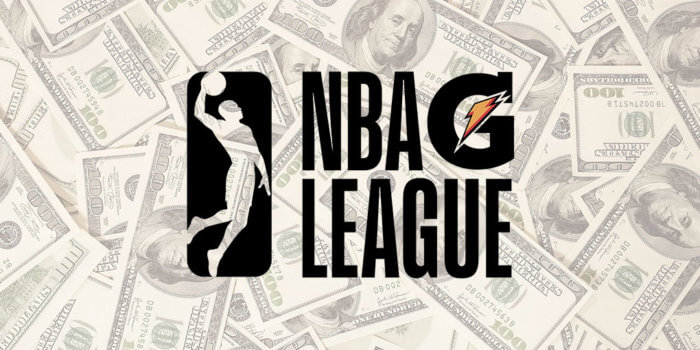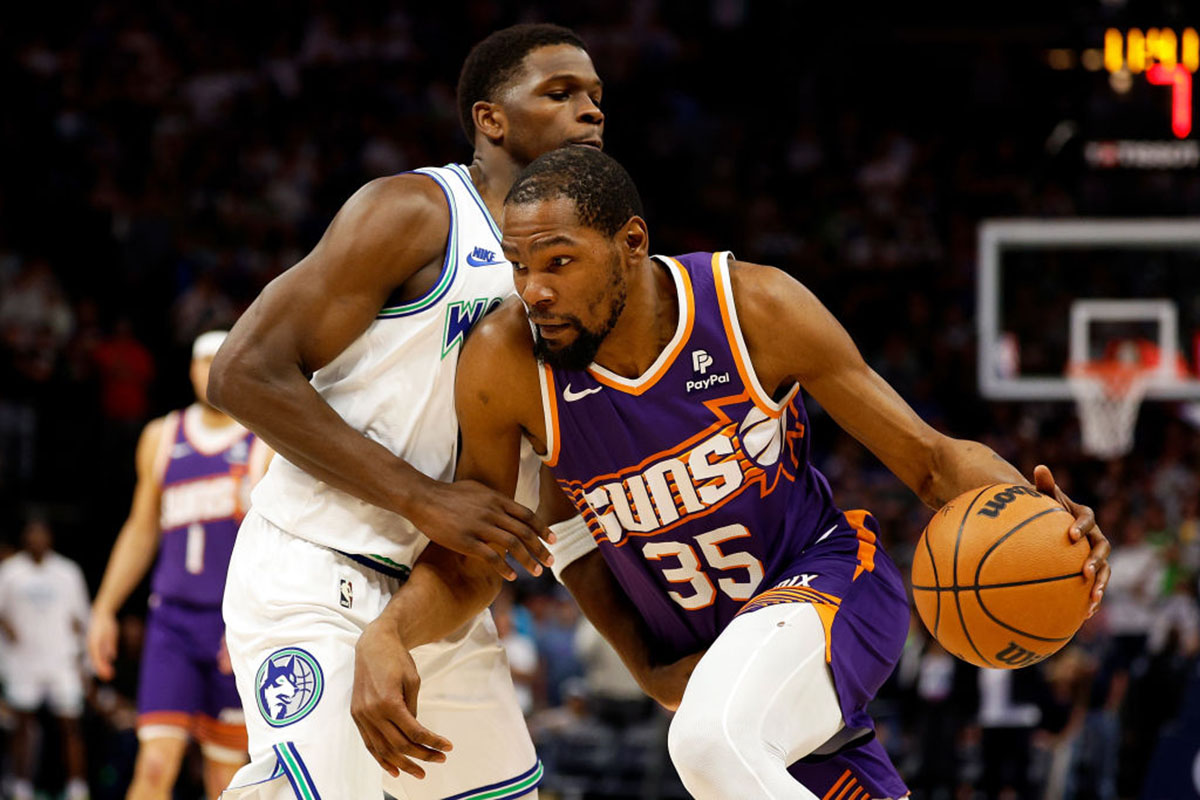The Conclave: Rules, Rituals, And The Election Of The Pope

Table of Contents
The Participants: Cardinals and Their Roles in the Conclave
The Conclave participants are the cardinal electors, the men responsible for selecting the next Supreme Pontiff. Understanding who these men are and their role is crucial to comprehending the Conclave process itself. The eligibility criteria for participating in the Papal election are strictly defined. Only cardinals under the age of 80 are eligible to vote; those over 80 may attend but cannot participate in the actual voting process. The number of cardinal electors varies depending on the number of cardinals under 80 at the time of the Pope's death or resignation. This number significantly impacts the dynamics of the Conclave.
The responsibilities of cardinals during the Conclave are immense. Beyond their voting duties, they are bound by strict secrecy, known as secreto pontificale. This vow of silence extends to all aspects of the Conclave, ensuring the integrity and confidentiality of the proceedings. Breaking this secrecy is a serious offense within the Church.
- Only cardinals under 80 years of age are eligible to vote.
- The number of cardinal electors varies depending on the number of cardinals under 80.
- Cardinals are bound by strict secrecy, known as secreto pontificale.
- Cardinals are responsible for electing a new Pope through a series of secret ballots.
The Location and Security: Secrecy and the Papal Election
Historically and currently, the Conclave takes place in the Sistine Chapel within the Vatican Palace. This iconic location, renowned for its art and history, provides a fitting setting for this momentous occasion. The Papal apartments, adjacent to the Sistine Chapel, provide accommodation for the cardinals during the Conclave. However, the focus remains on the Sistine Chapel, where the actual election process unfolds.
Secrecy is paramount to the Conclave, and extensive security measures are employed to ensure the integrity of the process. The Sistine Chapel is meticulously secured during the Conclave, limiting access to only authorized personnel. Electronic devices and outside communication are strictly prohibited. This digital lockdown prevents any potential leaks or outside influence on the cardinals' deliberations. Strict protocols are in place to handle all aspects of the Conclave, preventing any interference or disruption. The entire process is designed to shield the electors from external pressures and ensure a fair and unbiased election.
- The Sistine Chapel is meticulously secured during the Conclave.
- Electronic devices and outside communication are strictly prohibited.
- Strict protocols are in place to prevent any interference or leaks.
- Security personnel monitor all access points to maintain the Conclave's secrecy.
The Rules and Procedures: Steps Involved in Electing a Pope
The Conclave's rules and procedures are designed to ensure a fair and transparent election, albeit one shrouded in secrecy. The voting process is central to the Conclave. Cardinals cast their ballots individually and secretly in the Sistine Chapel. These ballots are then counted in a process known as a scrutiny. A two-thirds majority is required to elect a new Pope. If no candidate achieves this majority in a given round of voting, the process is repeated until a Pope is chosen.
The scrutinies are meticulously conducted, with the ballots meticulously examined and counted. The results are then announced, signified by smoke signals emerging from the Sistine Chapel chimney. Black smoke indicates that no Pope has been elected, while white smoke signifies the election of a new Supreme Pontiff. This simple visual cue provides a powerful public announcement of the outcome. The newly elected Pope then chooses his papal name, a significant symbolic act marking the beginning of his pontificate.
- Ballots are burned after each scrutiny, with black smoke signifying no election and white smoke indicating a new Pope.
- The process continues until a two-thirds majority is reached.
- The newly elected Pope chooses his papal name.
- The announcement of the new Pope marks the end of the Conclave.
The Rituals and Traditions: Centuries of Custom and Symbolism
The Conclave is rich with rituals and traditions that have been passed down through centuries. These customs add layers of symbolism and solemnity to the election process. The burning of the ballots, for example, is a symbolic act signifying the secrecy and finality of the election. Each ballot is carefully burned, ensuring no trace remains of the cardinals' votes.
The white and black smoke signals are arguably the most visually striking aspect of the Conclave. The expectation and anticipation surrounding the smoke signals underscore the global significance of the event. The white smoke, a visual confirmation of the election of a new Pope, is a moment of global celebration for Catholics worldwide. Conversely, black smoke signals the continuation of the process, prolonging the suspense and anticipation. Many other rituals and prayers form part of the Conclave's liturgy, enriching the spiritual and symbolic dimension of the event.
- The burning of ballots is a symbolic act signifying the secrecy and finality of the election.
- The white smoke is a visual confirmation of the election of a new Pope.
- Black smoke indicates that no Pope has been elected in that round of voting.
- Many rituals and prayers are part of the Conclave's liturgy.
Conclusion
The Conclave, a unique blend of ancient ritual and modern procedure, remains a crucial element of the Catholic Church's governance. Understanding its rules, procedures, and symbolism provides valuable insight into the selection of the Pope and the enduring power of tradition. To further deepen your knowledge of this fascinating process, delve into the rich history and intricacies of the Conclave. Explore the stories of past Papal elections and the individuals who have shaped the Church's leadership. Learn more about the evolution of the Conclave and its continuing significance in the modern world by researching further. Understanding the Conclave helps us better appreciate the complexities and continuity of the Catholic faith.

Featured Posts
-
 Konklawe Watykanskie Ekspert Odslania Prawdy
May 07, 2025
Konklawe Watykanskie Ekspert Odslania Prawdy
May 07, 2025 -
 Seattle Mariners Secure 14 0 Win Against Miami Marlins With Early Offensive Powerhouse
May 07, 2025
Seattle Mariners Secure 14 0 Win Against Miami Marlins With Early Offensive Powerhouse
May 07, 2025 -
 Cavs Rookie Car Prank Donovan Mitchells Pre Game Prediction Comes True
May 07, 2025
Cavs Rookie Car Prank Donovan Mitchells Pre Game Prediction Comes True
May 07, 2025 -
 Nbas Cavaliers Add G League Talent On 10 Day Contract
May 07, 2025
Nbas Cavaliers Add G League Talent On 10 Day Contract
May 07, 2025 -
 Heat Vs Cavaliers Prediction Game 1 Playoffs Best Bets And Picks
May 07, 2025
Heat Vs Cavaliers Prediction Game 1 Playoffs Best Bets And Picks
May 07, 2025
